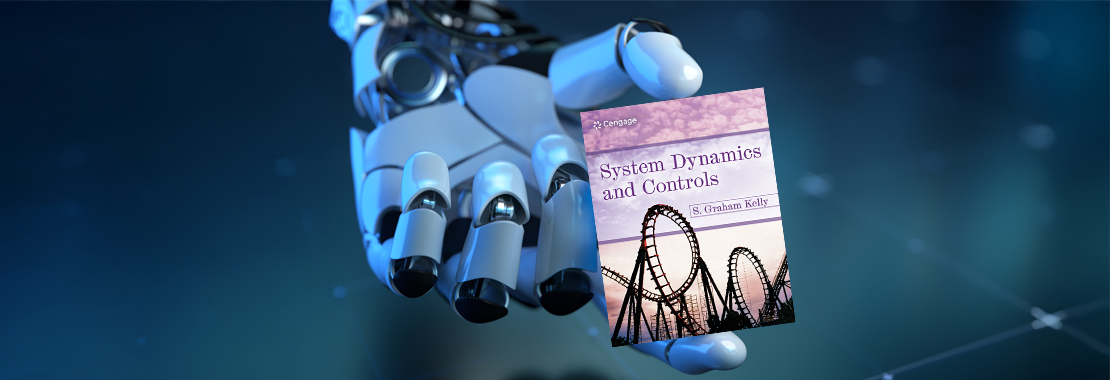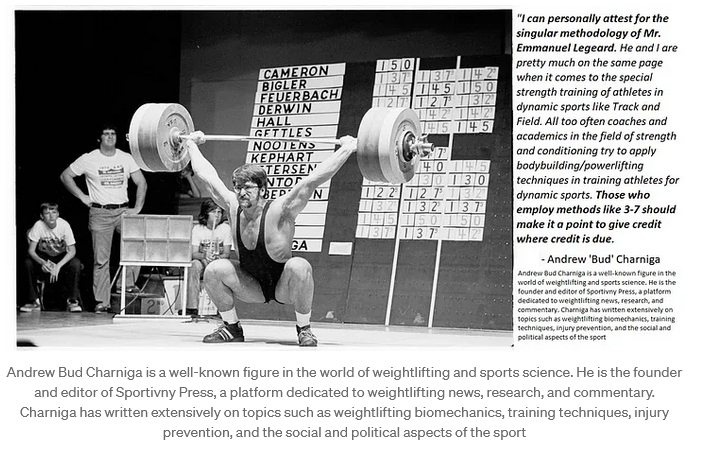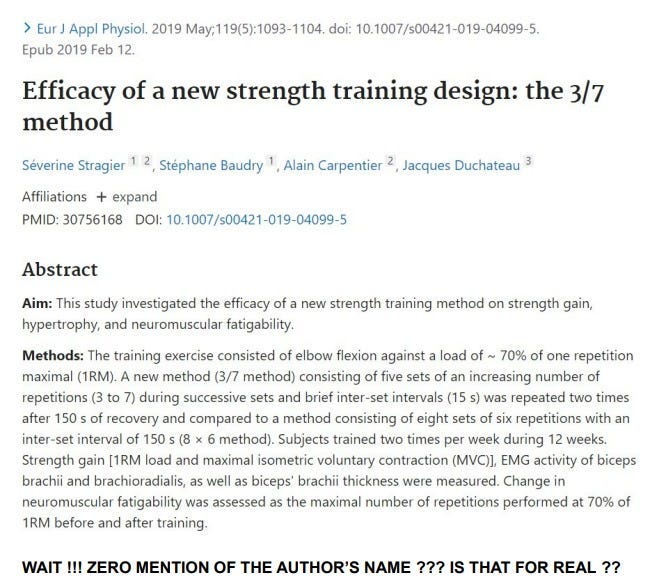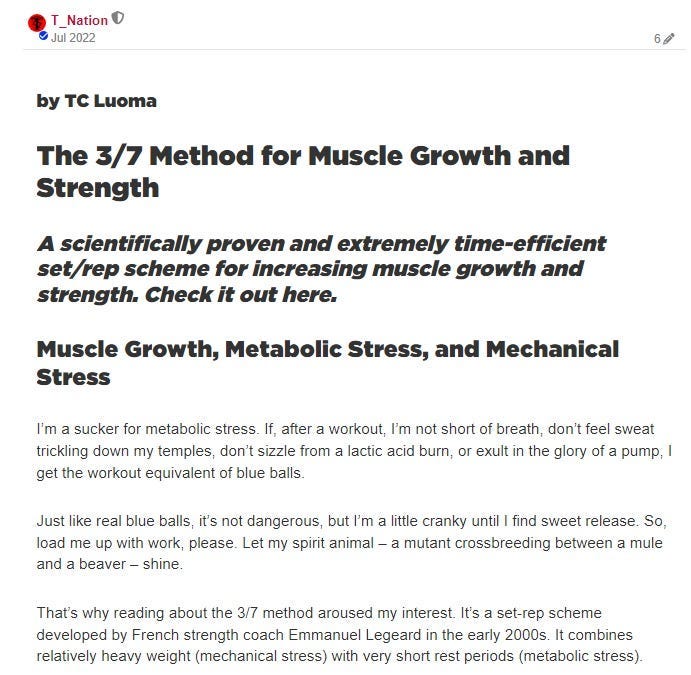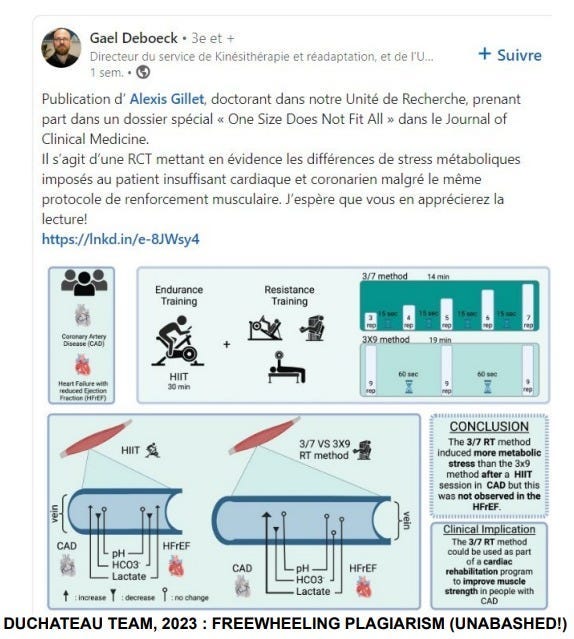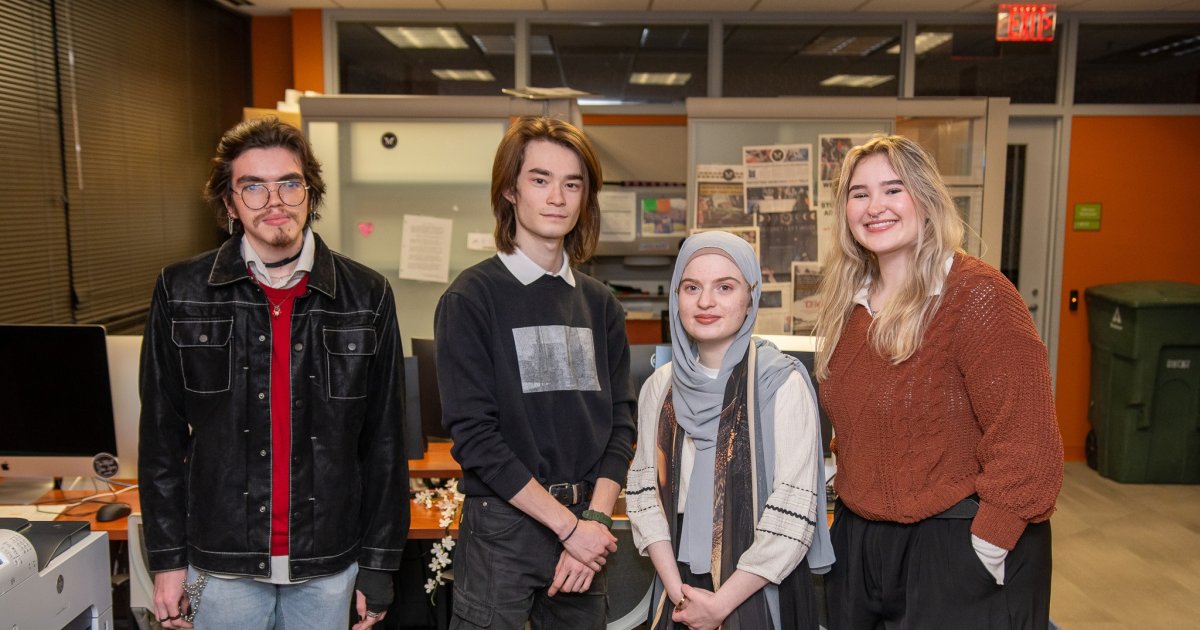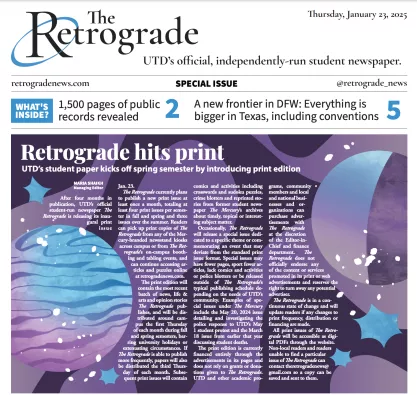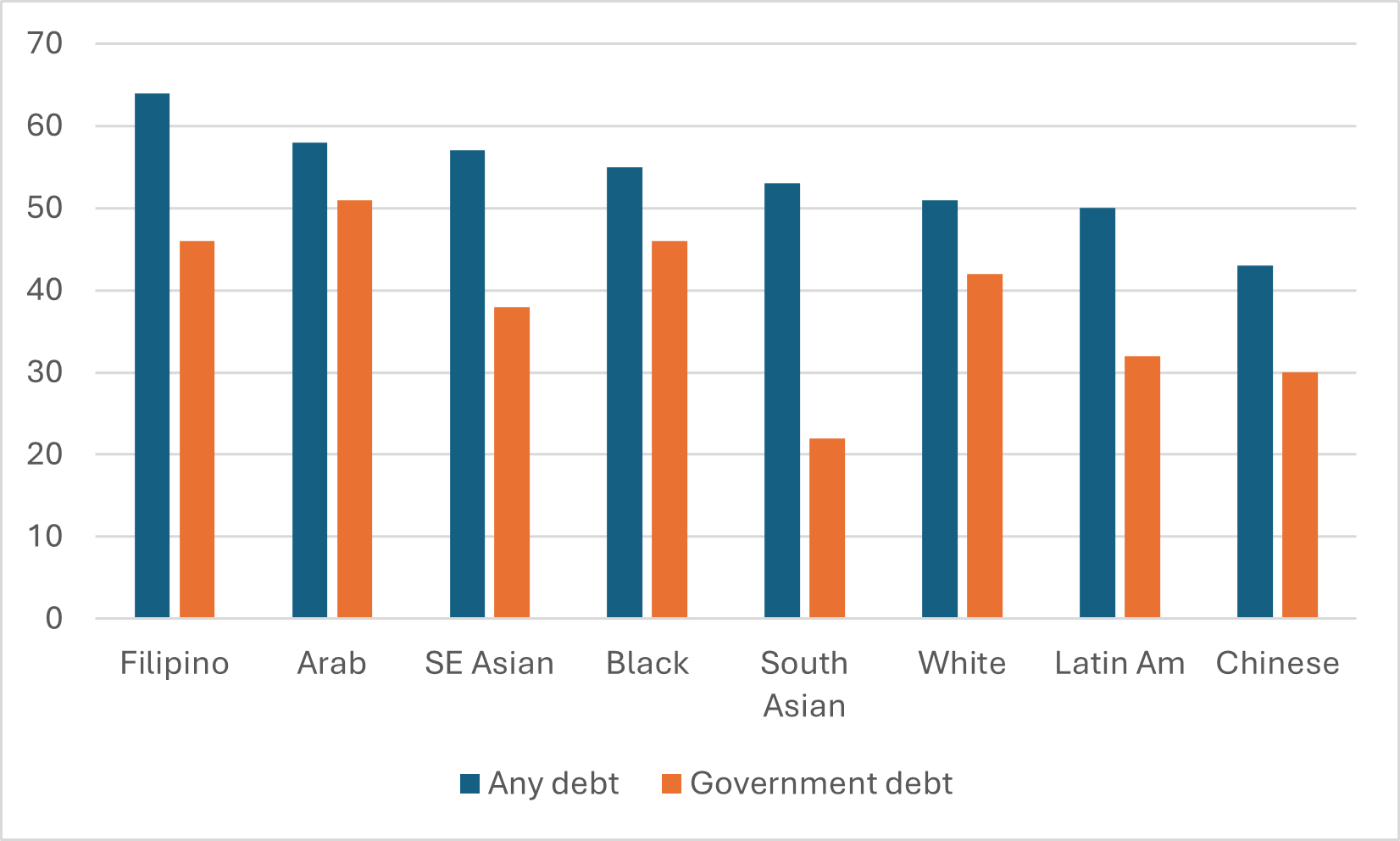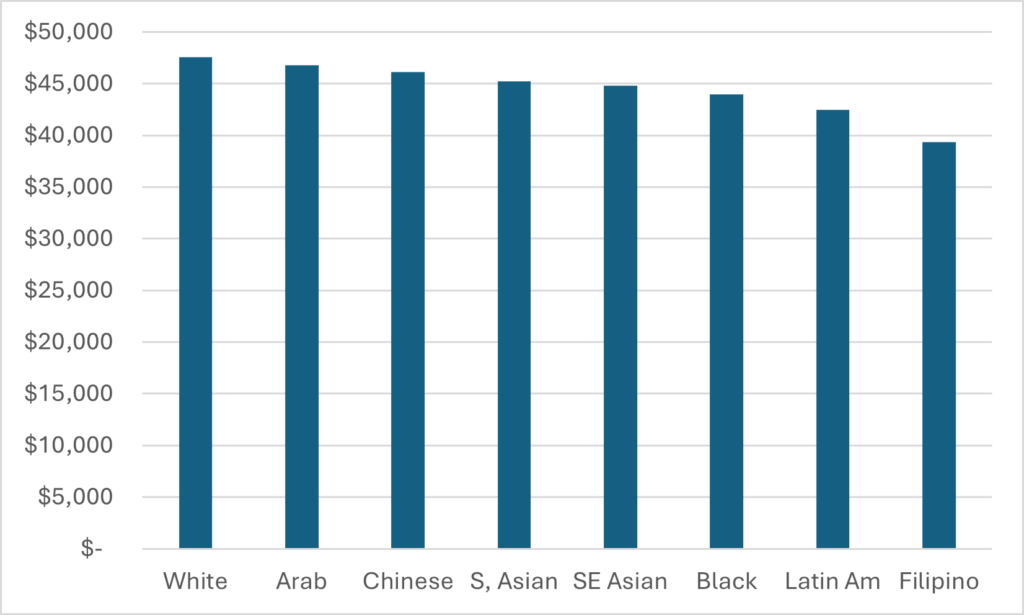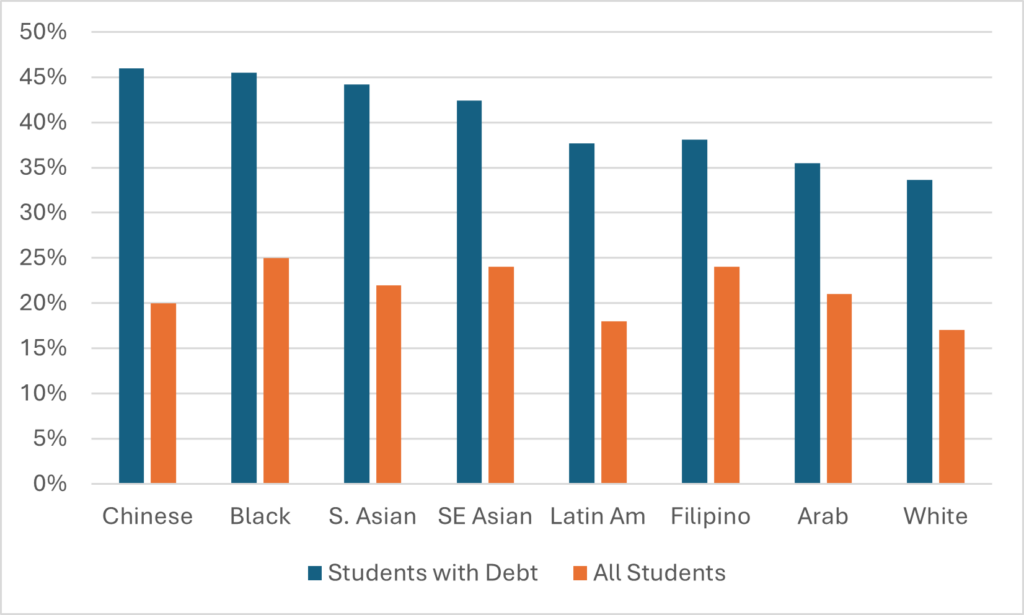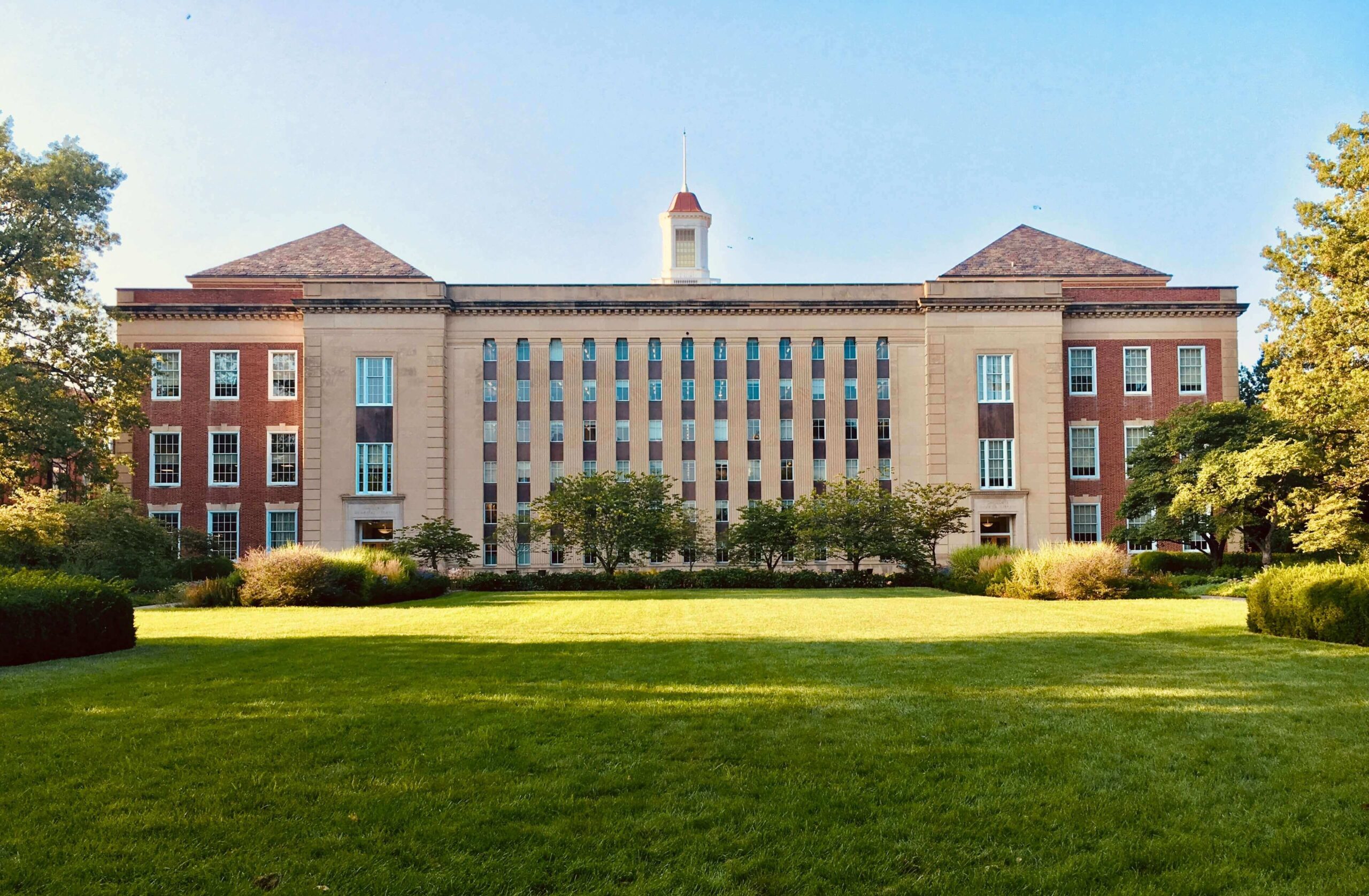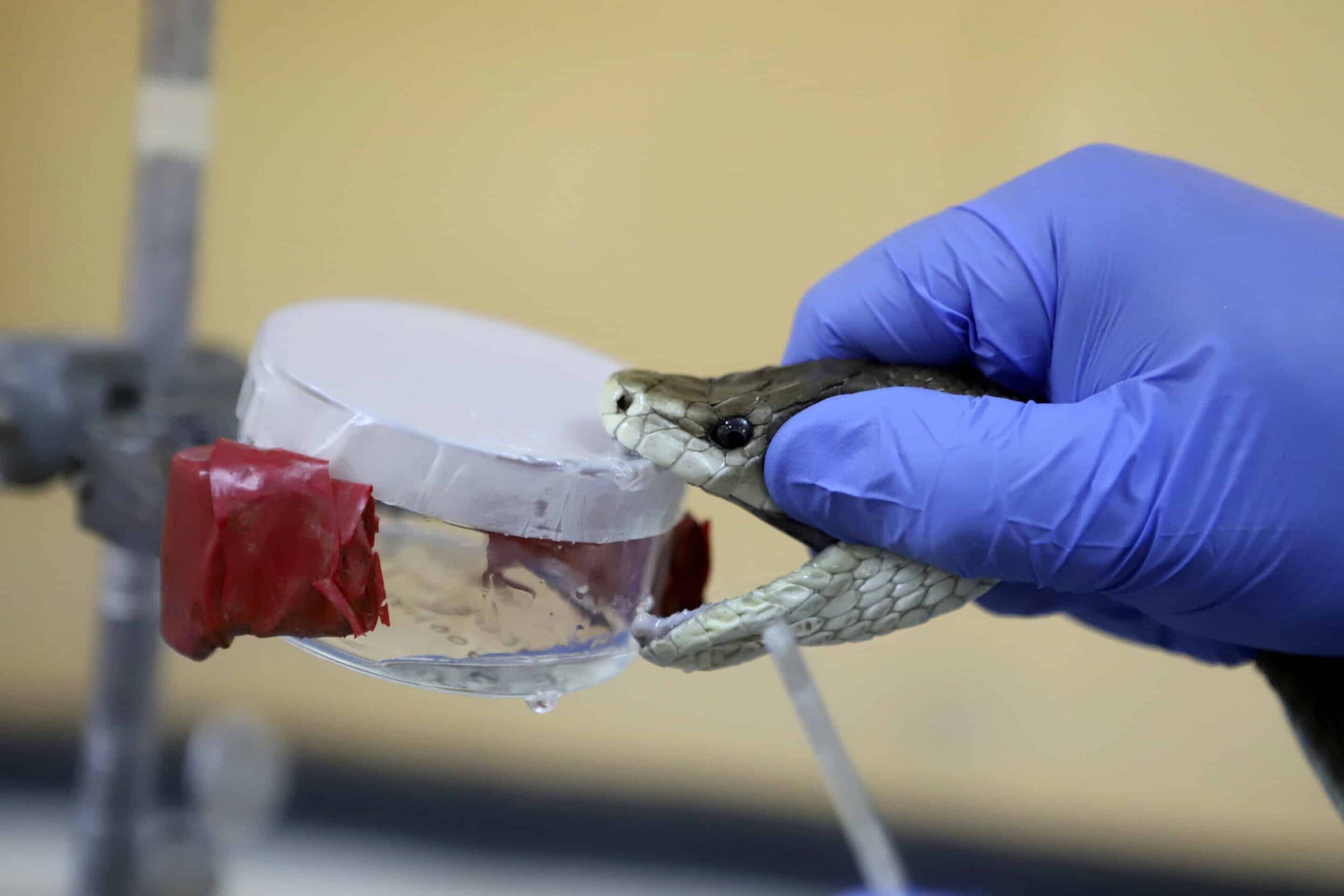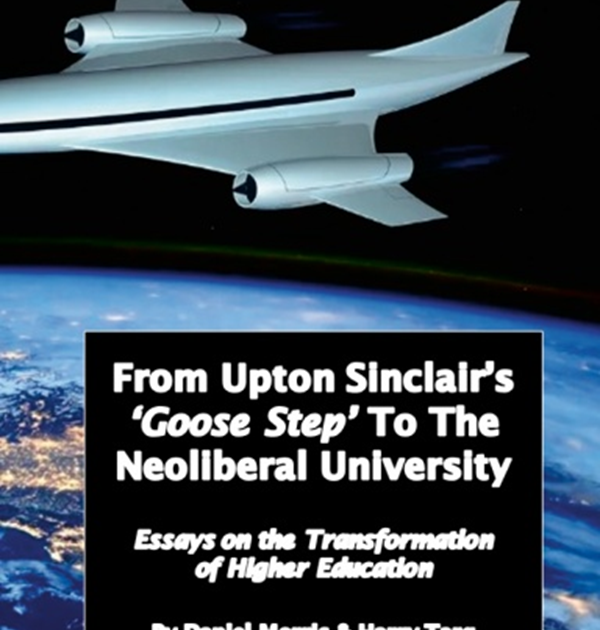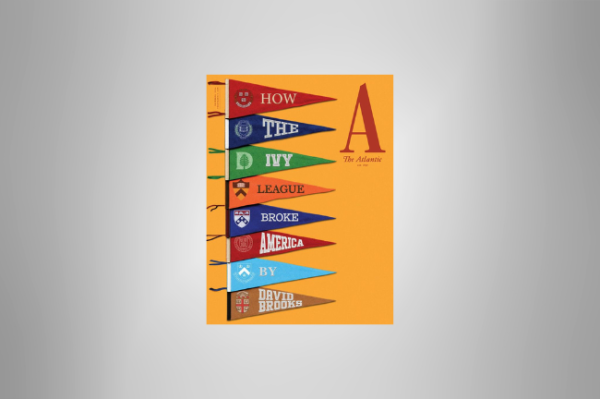From Upton Sinclair’s ‘Goose Step’ to the Neoliberal University (lulu.com)
Table of Contents
Introduction
Chapter One: Macro and Micro Analyses of Higher Education
Chapter Two: Discourses On Ideology
Chapter Three: Branding
Chapter Four: What Do Universities Do?
Chapter Five: Universities and War:
Conclusion
Appendix
Introduction
In the following pages, you are going to find a lot of specific information about what is happening at one major public research university, but we believe what is happening at Purdue is analogous to a canary in a coal mine. We believe that Purdue under Mitch Daniels, a former George Walker Bush administrator and Governor of Indiana, is becoming a high profile and influential spokesperson for the transformation of public higher education in the 21st century in directions that we find dangerous and that go against how we value higher education. We realize that, while we address extensively institutional changes and policies at Purdue, Indiana’s Land Grant University, our interest is in using this case study to illustrate larger patterns and issues that should be of concern to readers who care about the future of higher education in a broader sense.
Harry Targ’s pieces do tend towards a wider-angle perspective than do those by Dan Morris, although both of us rely on our “boots on the ground” level understanding of Purdue to counteract and contest official media versions of what is happening at Purdue. We write at a moment when there is something of a “media desert” in terms of local news coverage of higher education in small markets such as Lafayette, Indiana. We have both tried to work to rectify the “media desert” landscape in our community by contributing to the Lafayette Independent, an electronic newsletter. We appreciate efforts by local journalists such as Dave Bangert and the student staff of the Purdue Exponent to offer coverage of the university in ways that are more substantial, and, often, more critical, than what one finds in the area’s only mainstream newspaper, the Journal and Courier, and main local TV news source, and the Purdue NPR radio station, whose ownership in the last year has been mysteriously transferred to an Indianapolis corporation. Paradoxically the richest data for many of the essays below come from the official daily public relations newsletter from Purdue called Purdue Today. This public relations source celebrates Purdue’s latest connections with multinational corporations, the military, and state politics, and provides links to editorials published by Purdue’s President and other officials in the national press. Ironically, oftentimes what Purdue celebrates becomes the data for our more analytical and discursive writings.
Like alternative media sources, we see this book as another intervention in offering an alternative view of what is happening at our campus, but we also write with the hope that readers can apply the readings we bring to Purdue to begin conversations about the promise and problems of contemporary higher education on campuses. The authors wish to praise and encourage further research and activism around the transformations of higher education in general. We identify with what some scholars have referred to as Critical University Studies (CUS). The essays below, we believe, are part of this emerging tradition of critical and self-reflective scholarship.
The authors also wish to identify at least three major elements of the transformation of higher education. First, Purdue, like many other universities, is once again pursuing research contracts with huge corporations, and perhaps most importantly, the Department of Defense. As essays below suggest, Purdue research is increasingly justified as serving the interests of United States “national security.” Often this is conceptualized as helping the United States respond to “the Chinese threat,” rarely identifying what exactly is the threat, or considering the possibility that contributing to a new arms race with a perceived adversary may increase, rather than reduce, the possibility for conflict between nations.
Second, the work below and other writings in CUS, highlight the purposive transformation of the content of higher education. Universities are moving resources away from the liberal arts, creating new programs in “artificial intelligence” and “data science,” and in response to political pressures are diminishing programs that emphasize interdisciplinarity, intersectionality, and the structural problems of race, class, gender, and sexual preference in history and contemporary society. Essays below on “civics literacy” suggest that leading administrators at Purdue, while refusing to defend its universally praised Writing Lab after it was ridiculed on Fox News for its recommendation that student writers select gender-neutral terms such as postal worker when writing about occupations, seek to avoid the controversaries around Critical Race Theory by requiring all students to study in some fashion “civics literacy.” President Daniels has made it clear that the study of civics literacy will illustrate the “vitality” of US political institutions (as opposed to over-emphasizing the slaughter of the original inhabitants of the North American continent or the history of slavery and white supremacy).
Third, the essays below do not dwell enough on the transformation of the university as a workplace. While there have been attacks for years on the tenure system, a system of job security which was initially designed to protect faculty from external political pressures, recent additions to the transformations of the university as a work site should be noted.
Adjunctification is a term that refers to the qualitative increase in the hiring of various forms of part time instructors: full-time instructors for a set time period, instructors to teach less than a full complement of courses, and instructors with various arrangements that limit their work life, their ability to do research and prepare for their class time, and their time to serve the many needs of students. The fundamental trend in higher education is to “cheapen” and make insecure instructors, ultimately to destroy the job security that comes with academic tenure. In many cases this impacts negatively on the quality of the educational experience. (In colleges and universities in general about 70 percent of classes now are taught by instructors who are not tenure-line faculty).
And finally, every effort is made by universities to limit and derail the workplace concerns of non-teaching staff, particularly opposing their right to form unions.
One positive development from all of this-destroying the tenure system and job security, adjunctification, increased exploitation of graduate students, and finally restricting the rights and the wages and benefits of staff has been the rise of labor militancy. The American Association of University Professors (AAUP), the American Federation of Teachers (AFT), and various unions such as the United Auto Workers (UAW) and the United Electrical Workers (UE) with a history of militancy have been organizing graduate students and staff.
Finally, the authors acknowledge that in the months after we completed our manuscript, Purdue administrators and trustees have announced a series of initiatives without an appropriate level of input from university stakeholders and the wider Lafayette area community:
1. Purdue is building a housing complex near the Discovery Park part of campus to attract higher income earning technologists to relocate in West Lafayette. To encourage new high-income residents, the West Lafayette city government has authorized $5,000 cash incentives for any purchasers of these new housing units adjacent to Purdue. Such offers are not available to lower income earners or students.
2. To deal with record enrollments, Purdue has purchased a privately constructed apartment complex across from campus at a price well more than the cost of its construction.
3. Purdue officials have expanded partnerships with Saab, Rolls Royce, the Raytheon Corporation, one of the world’s five largest military contractors, and undertaken a controversial business mission with the Indiana governor to Taiwan to pursue research and production of semi-conductors, in part to respond to what Purdue officials have described as a ”Chinese threat” to national security in the United States.
4.The College of Liberal Arts has announced it will be partnering with the College of Science to develop a new interdisciplinary degree program in artificial intelligence. CLA calls its “new field” of interest, “sociogenomics.”
5. Purdue received an award recognizing its “excellence in counterintelligence,” one of only four such award recipients in 2022. Purdue joins those few universities which protect “sensitive national information from foreign adversaries.” The award announced in Purdue Today, August 24, 2022, noted that the university continues to work with the Defense Counterintelligence and Security Agency (DCSA) and the FBI.
In short, the transformation of Indiana’s Land Grant university continues at a rapid pace. And while the essays below concentrate on the developments and forces leading to these changes, the broader point of this collection of essays is to suggest that higher education in the twenty-first century is changing in a rapid and largely deleterious way. The appended essay by Carl Davidson reflects a similar critique of the university during the height of the Cold War. What we are witnessing today is a revitalization of that trend.
For those who value the university as a site for informing students about the world and debating the value of changes occurring in it, the developments highlighted in these essays are a warning. And for faculty and students alike the antidote to the militarization of the university, the transformation of the curricula, and the disempowering of those who work in universities is organizing against those elements of change that are antithetical to the educational process.
And More:
“The Krach Institute for Tech Diplomacy at Purdue has created a category of its own. As part of the nation’s leading national security university, it is rapidly becoming the world’s premier institution focused on Tech Statecraft, a new model of diplomacy bridging the gap between technology experts, government officials and policymakers, and business leaders to ensure tomorrow’s tech secures our freedoms,” said (Daniel) Kurtenbach. ‘I’m excited to contribute to the Krach Institute’s already-impressive momentum by enhancing and building its innovative partnerships and relationships to achieve our shared vision of a future that prizes individual freedom through trusted technology.’ ”
https://www.citybiz.co/article/378157/krach-institute-for-tech-diplomacy-at-purdue-names-daniel-kurtenbach-as-chief-growth-officer/
Homepage – Tech Statecraft (techdiplomacy.org)

